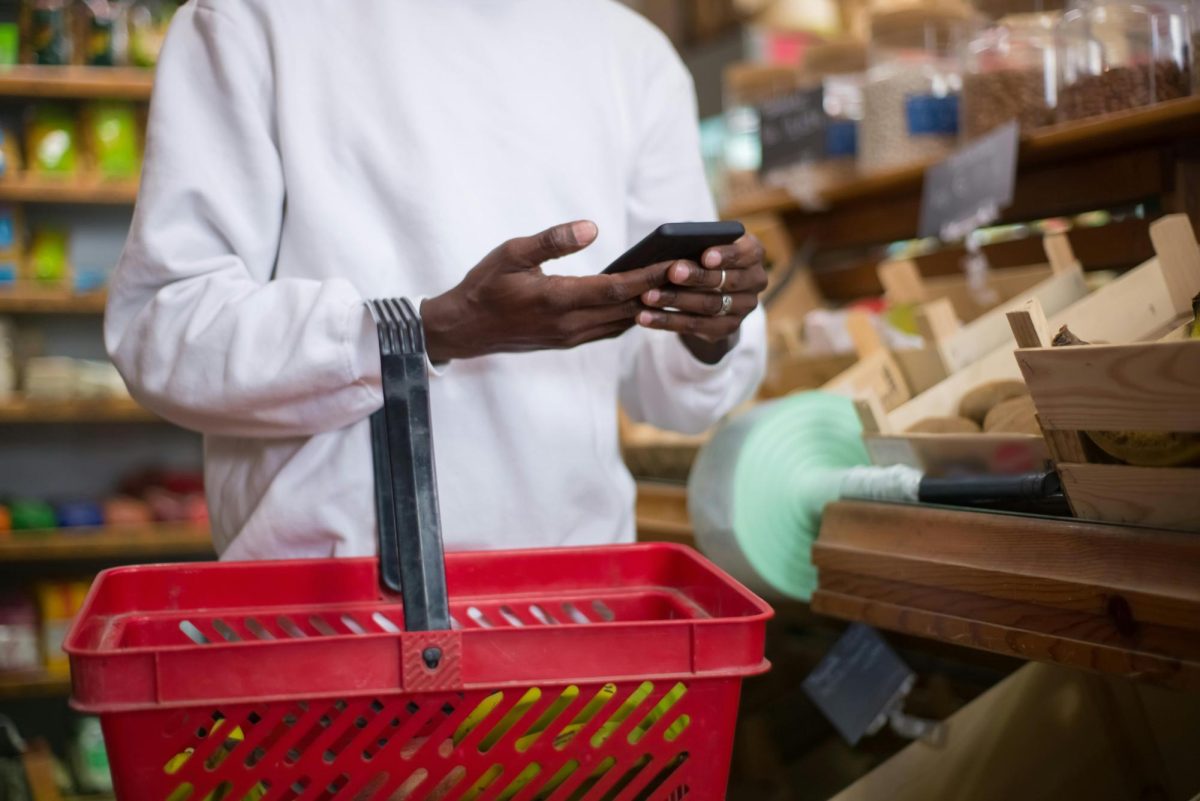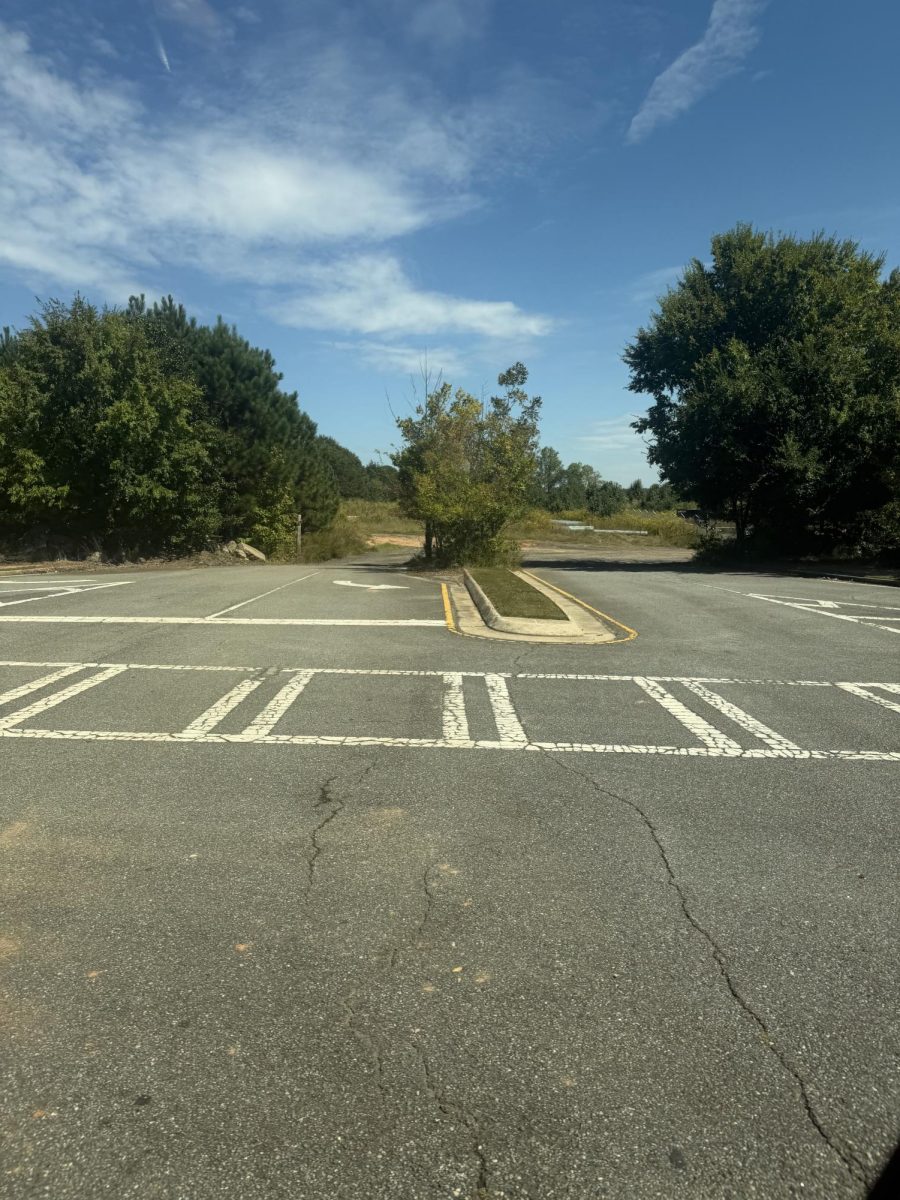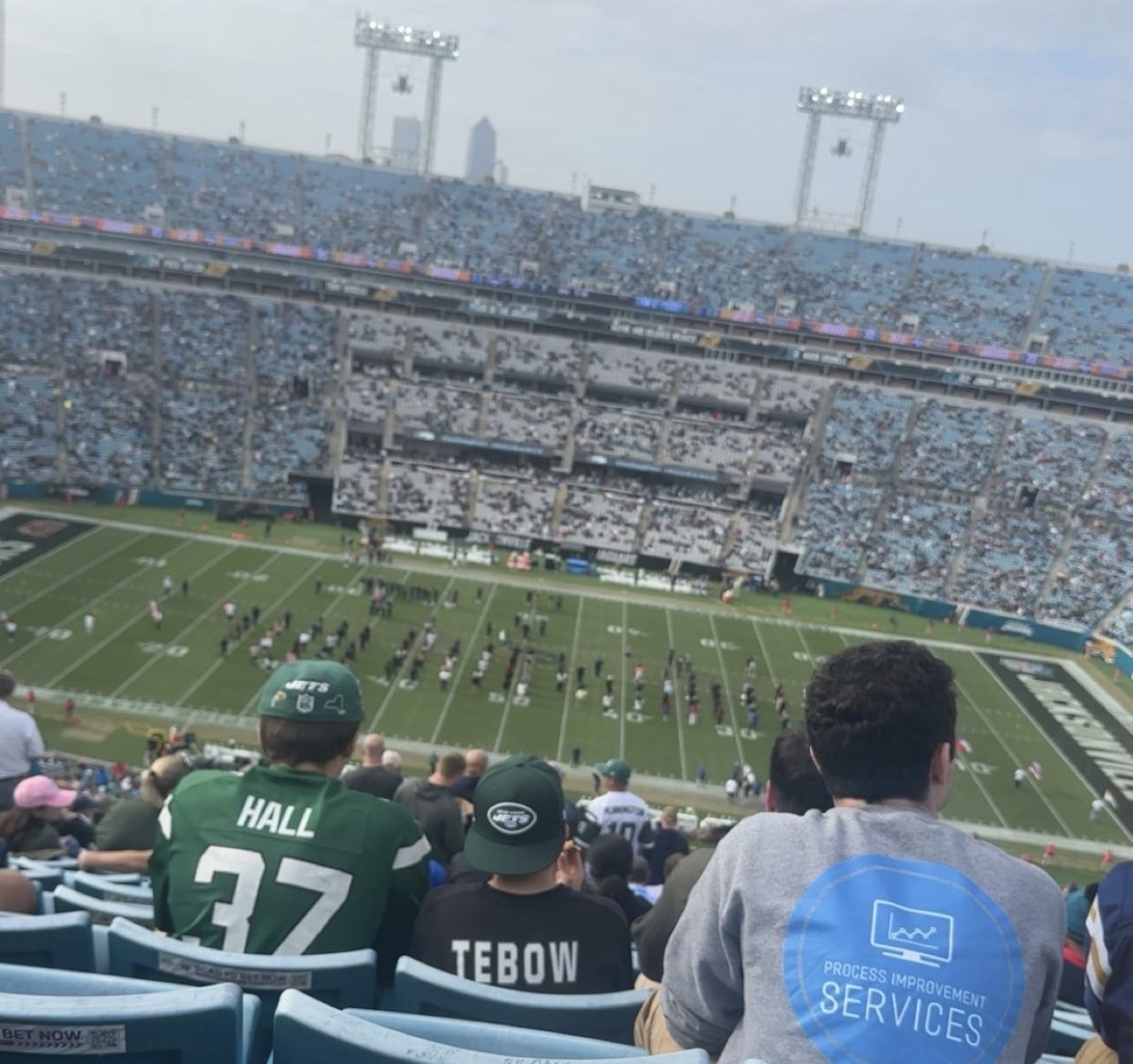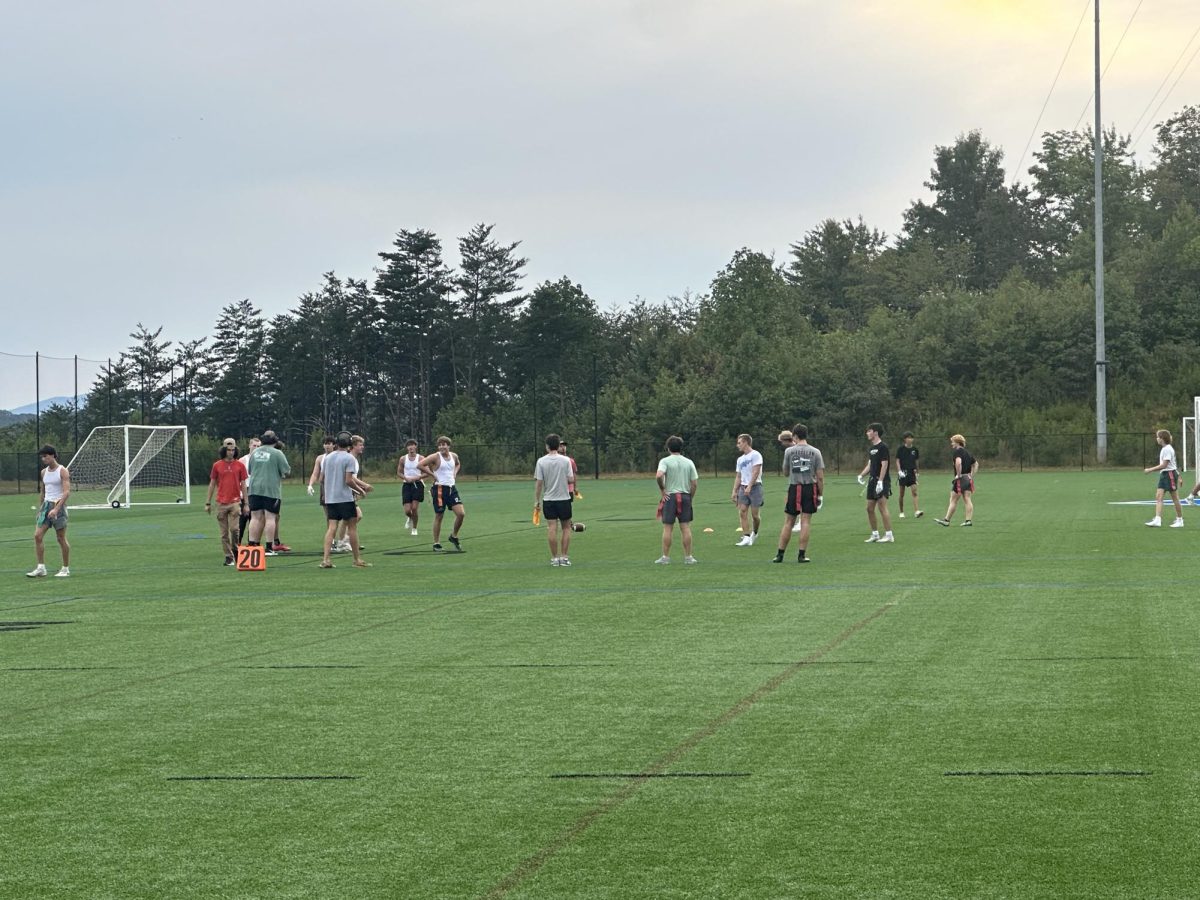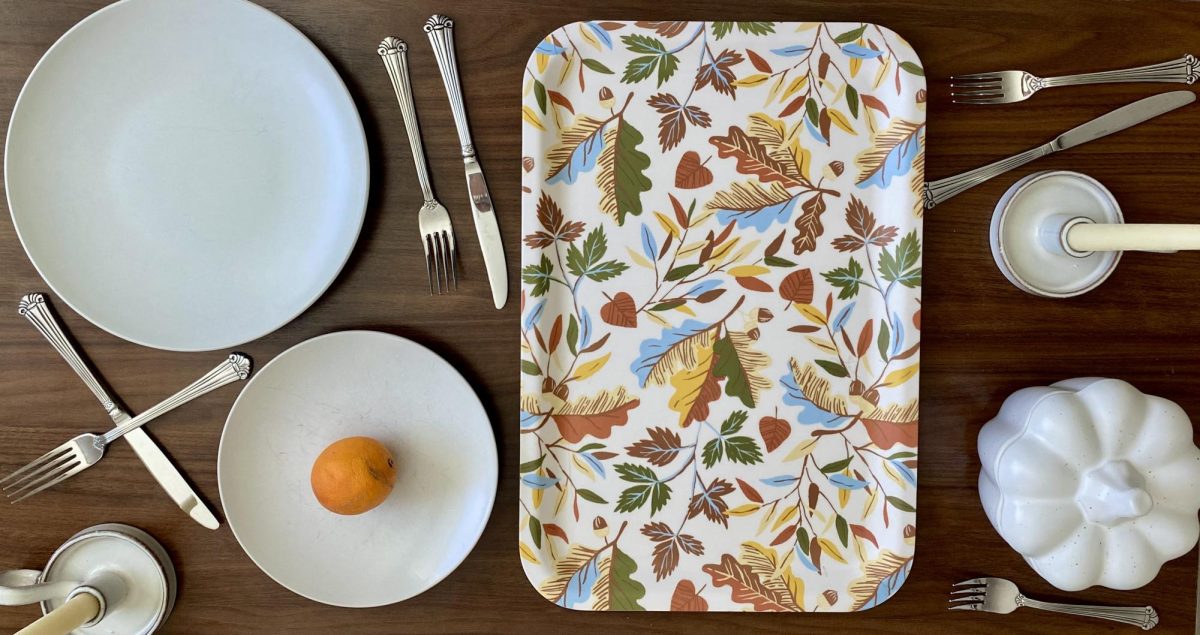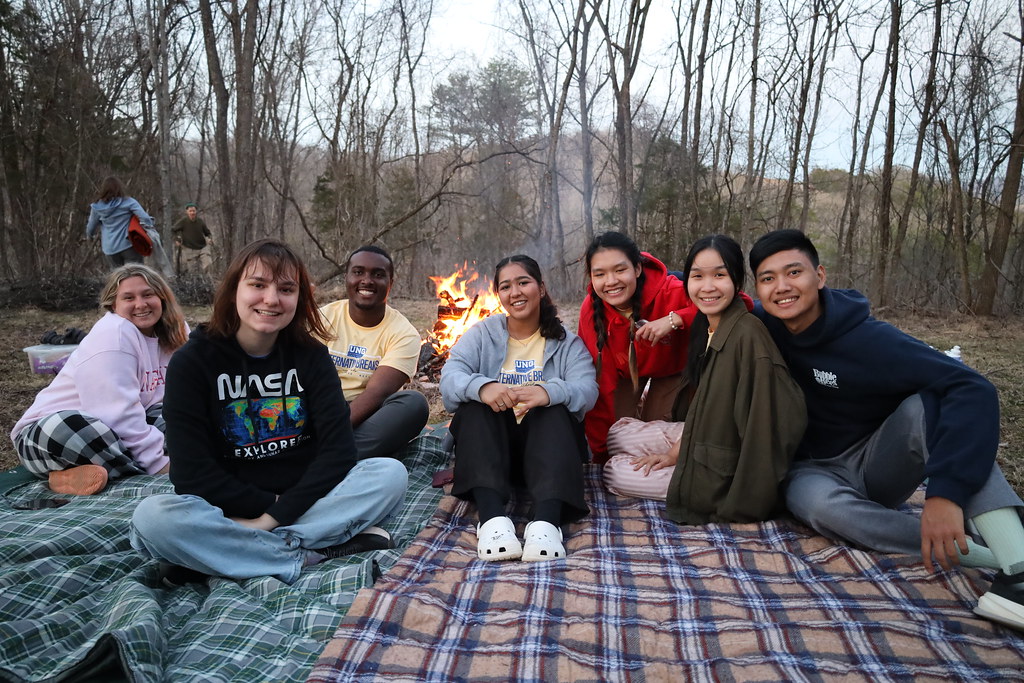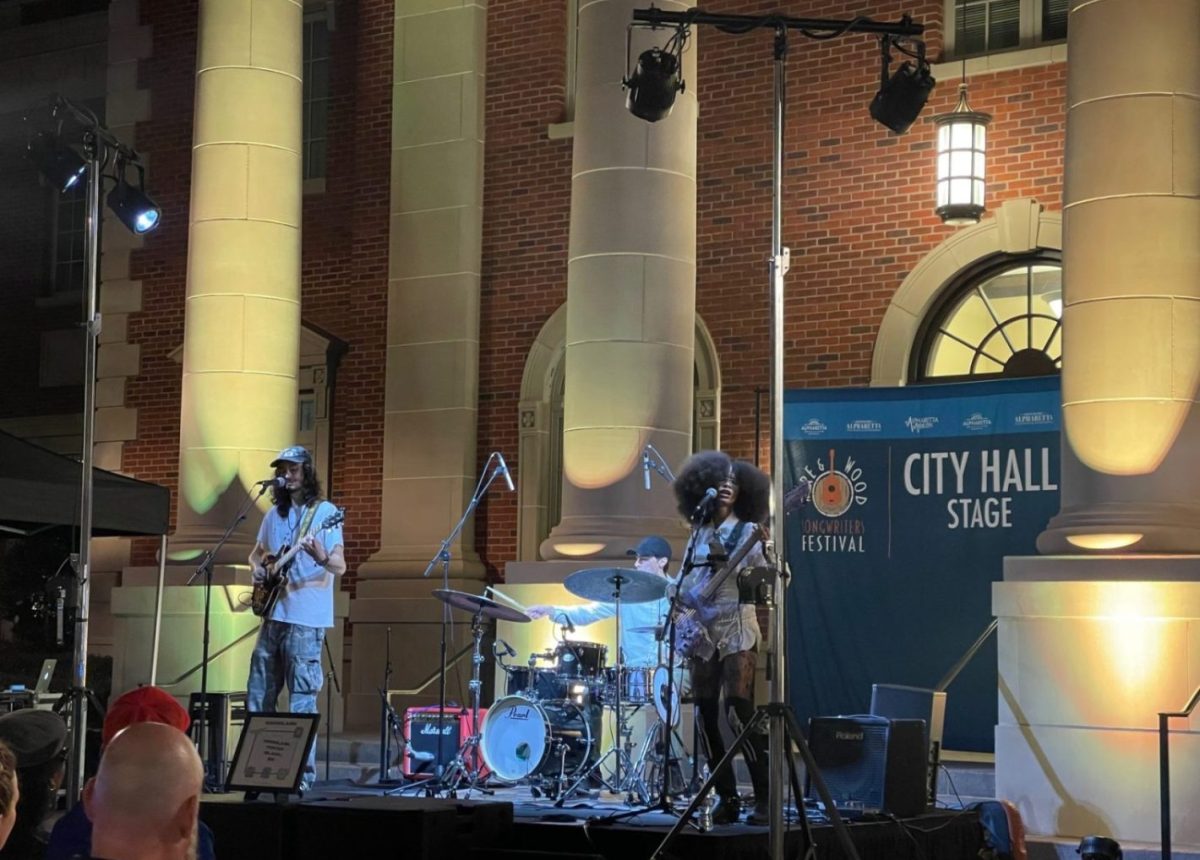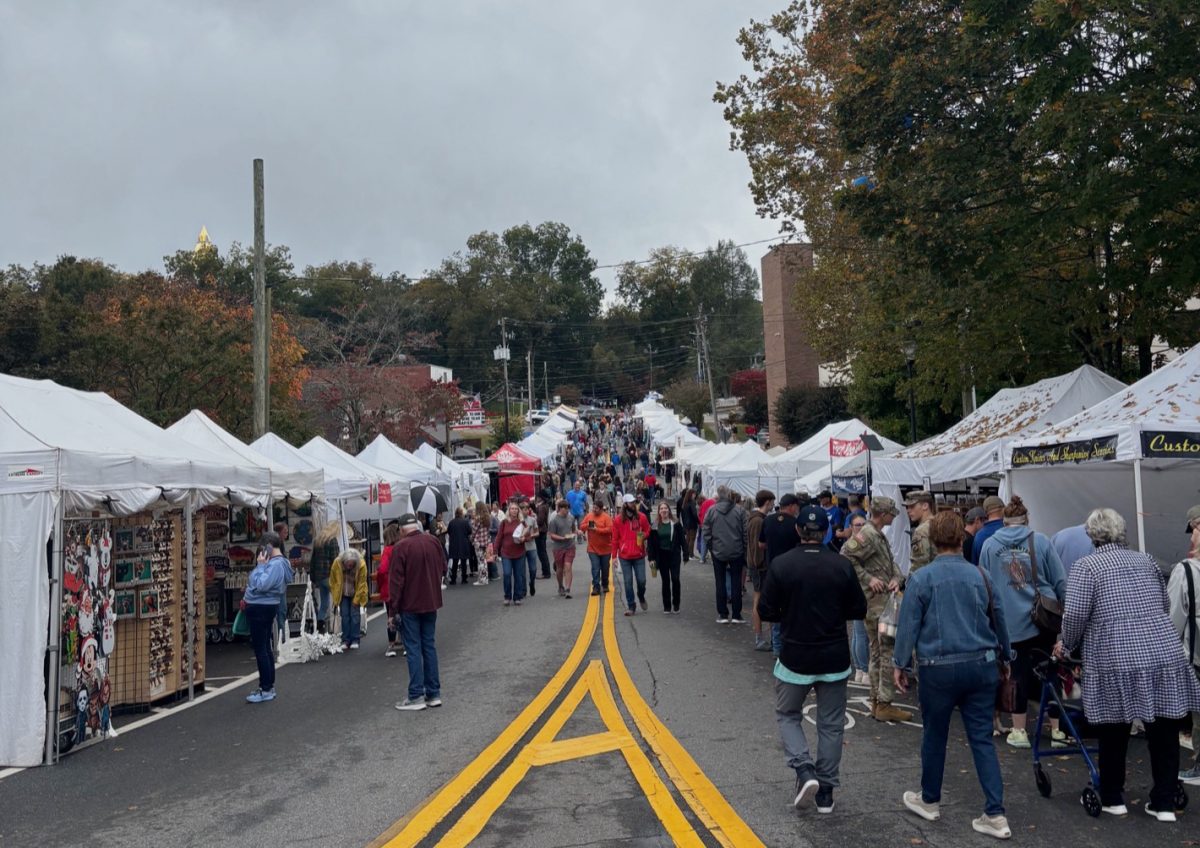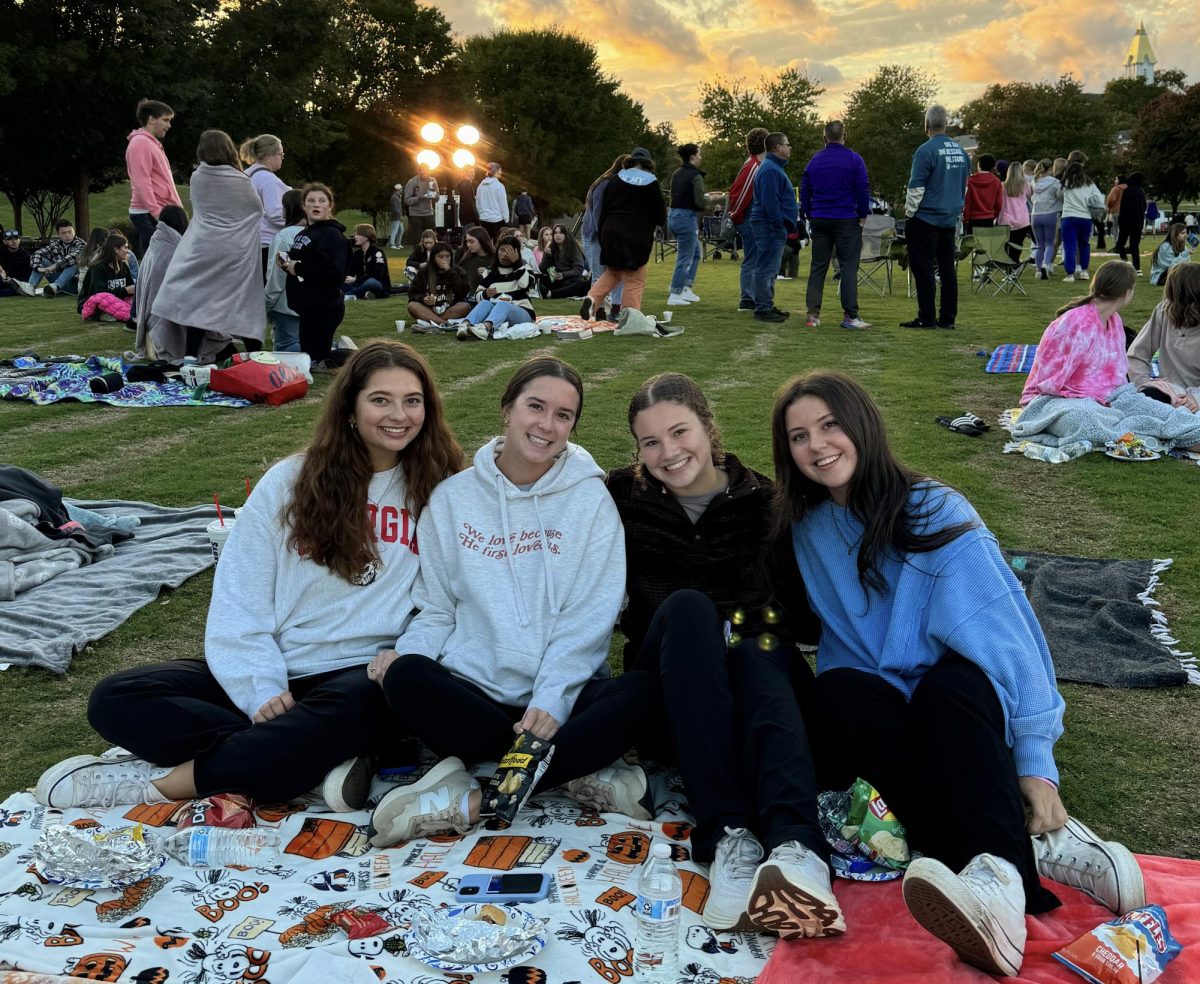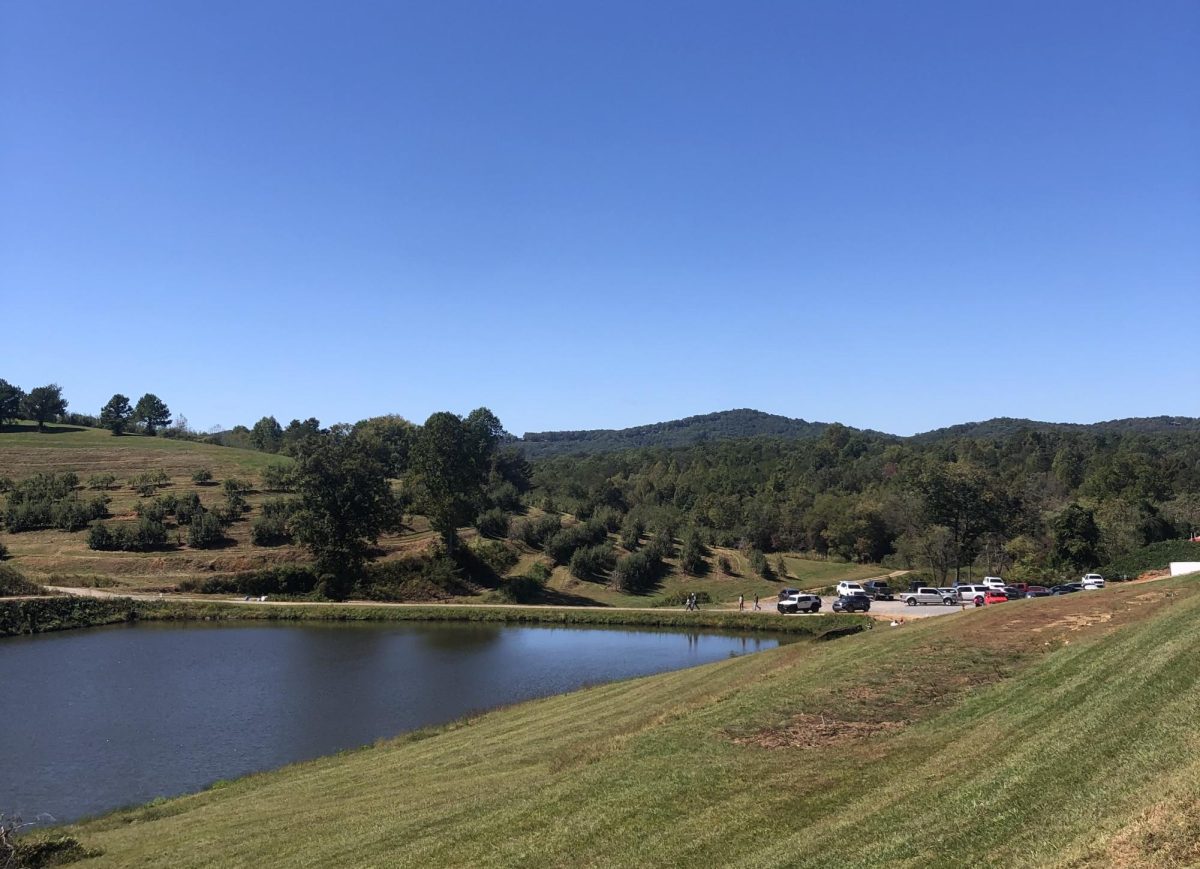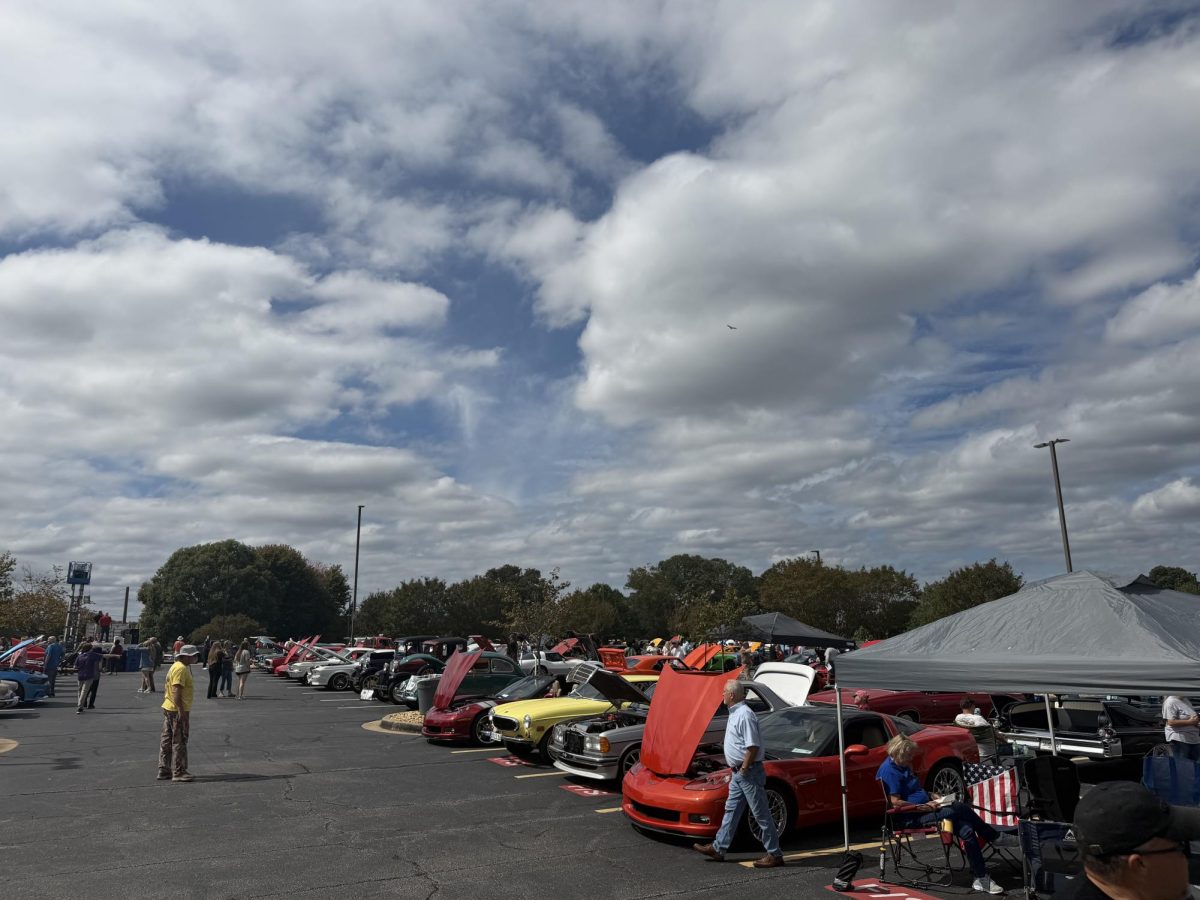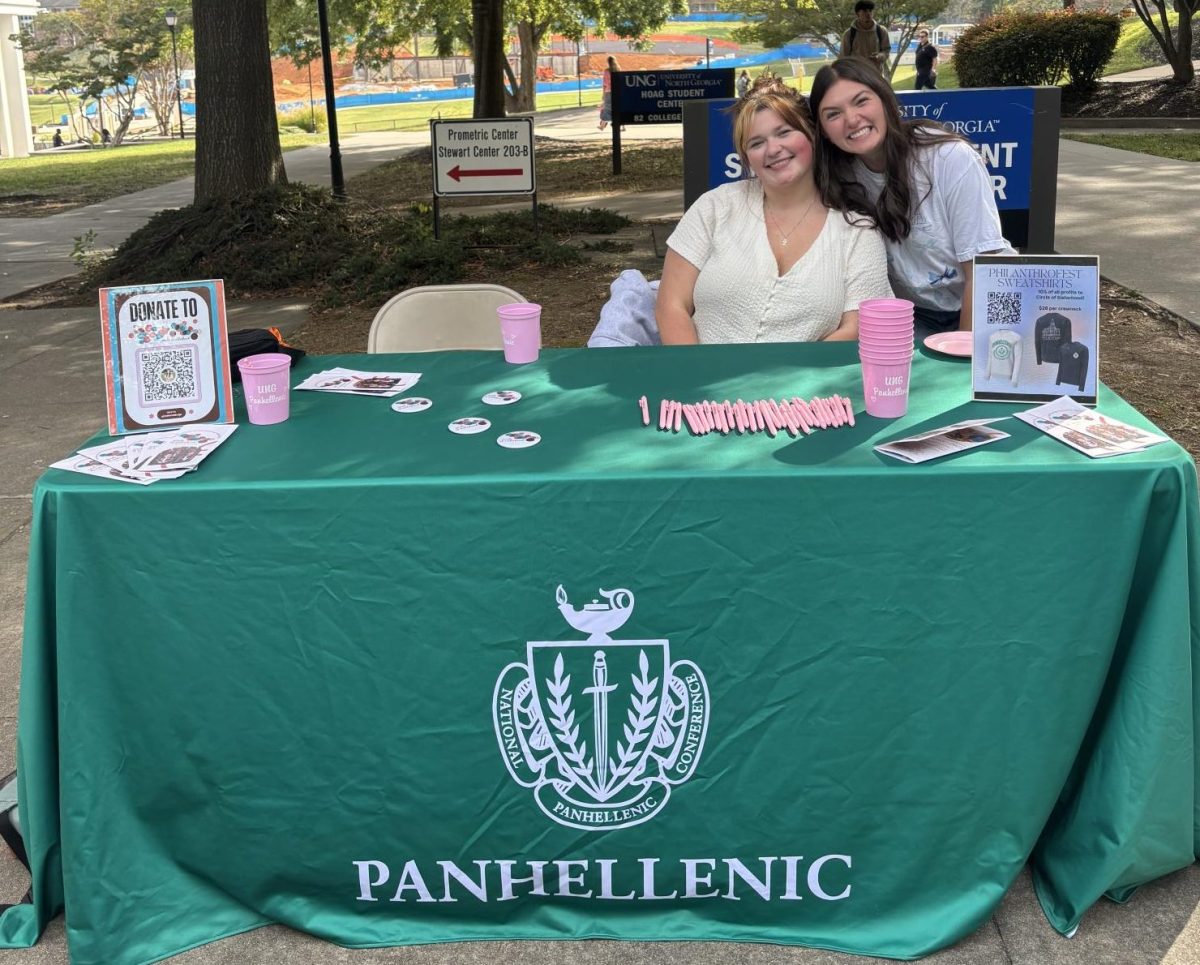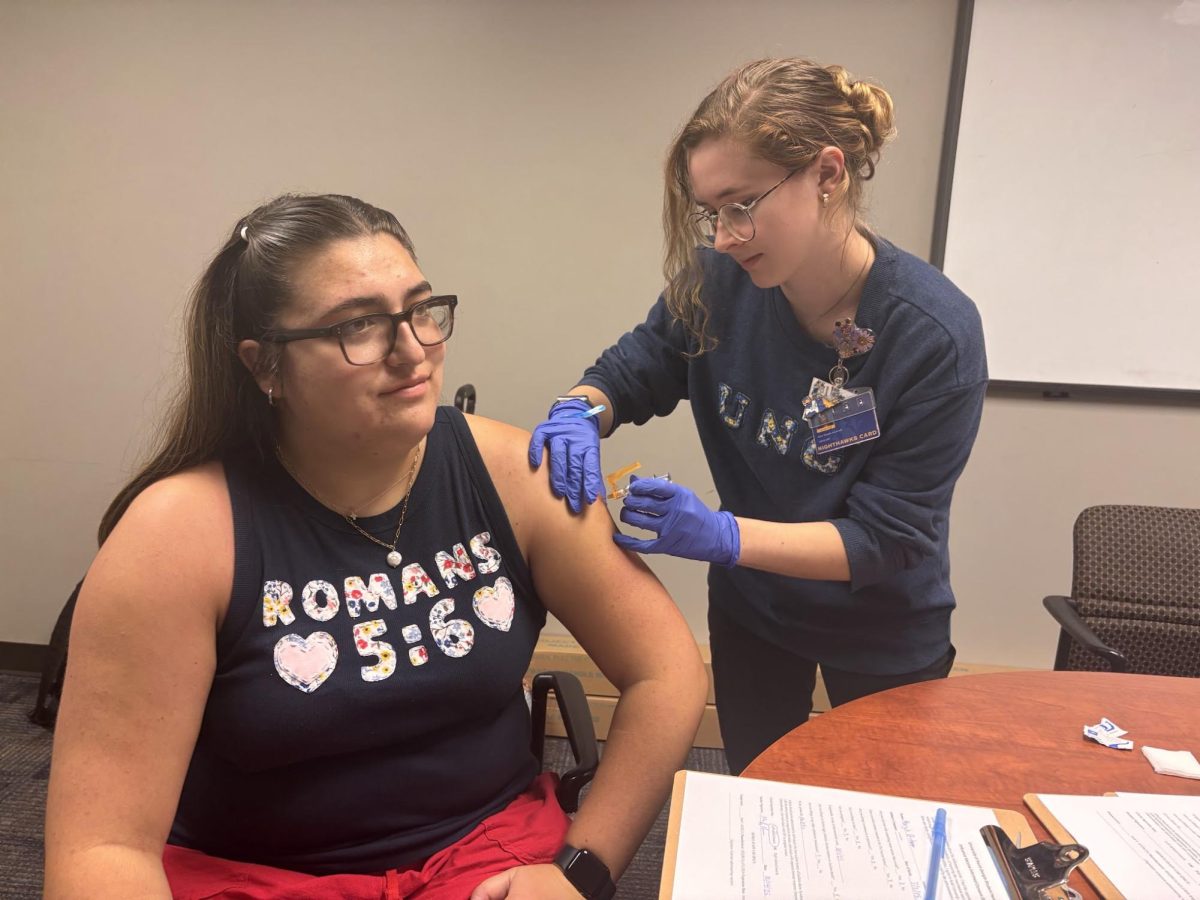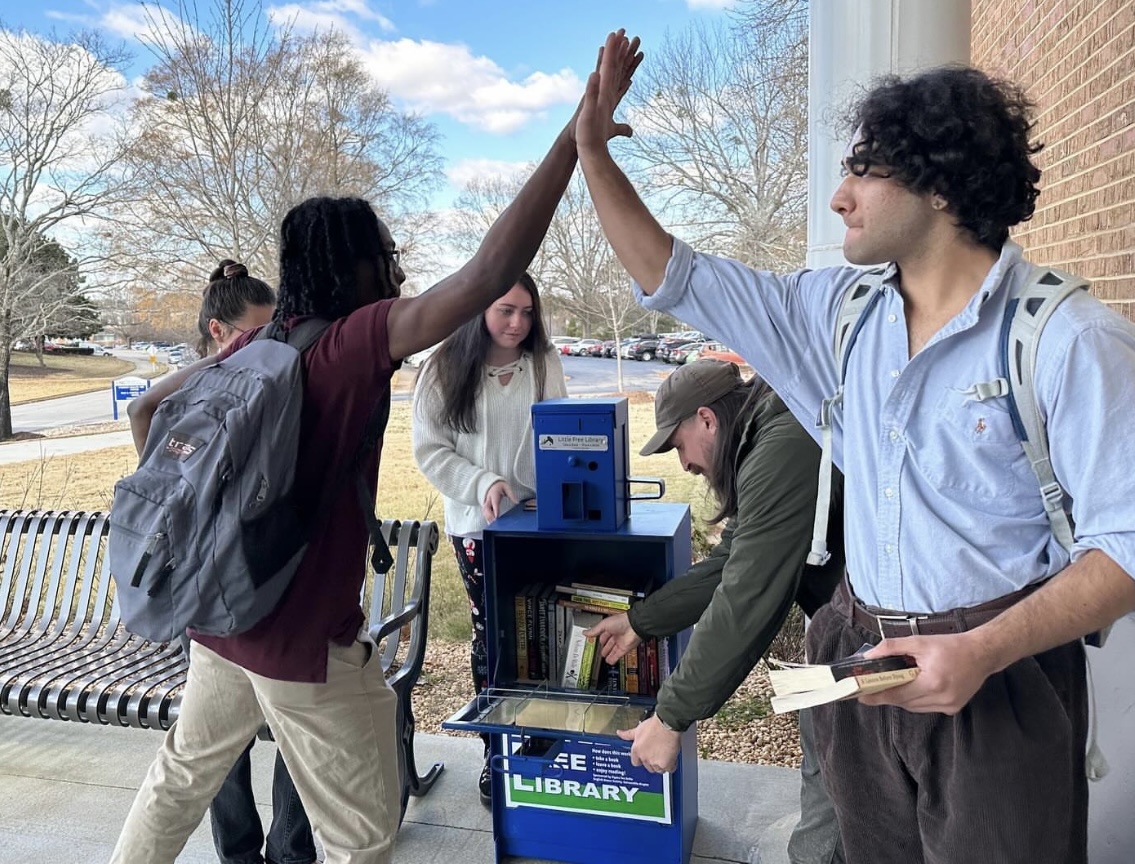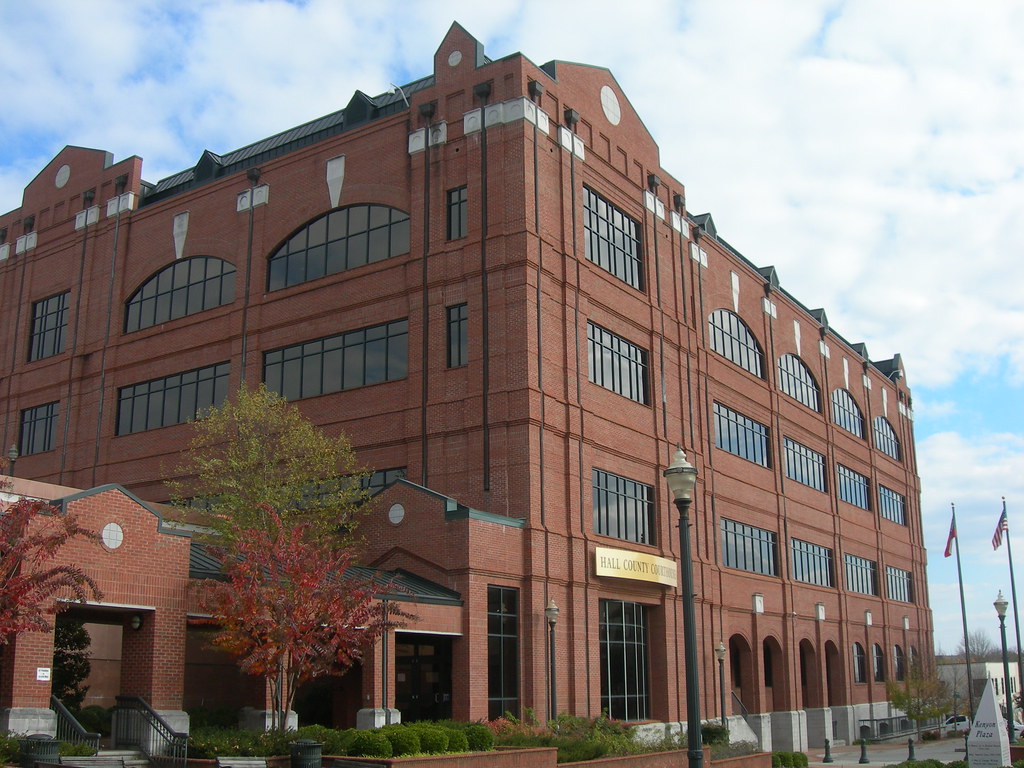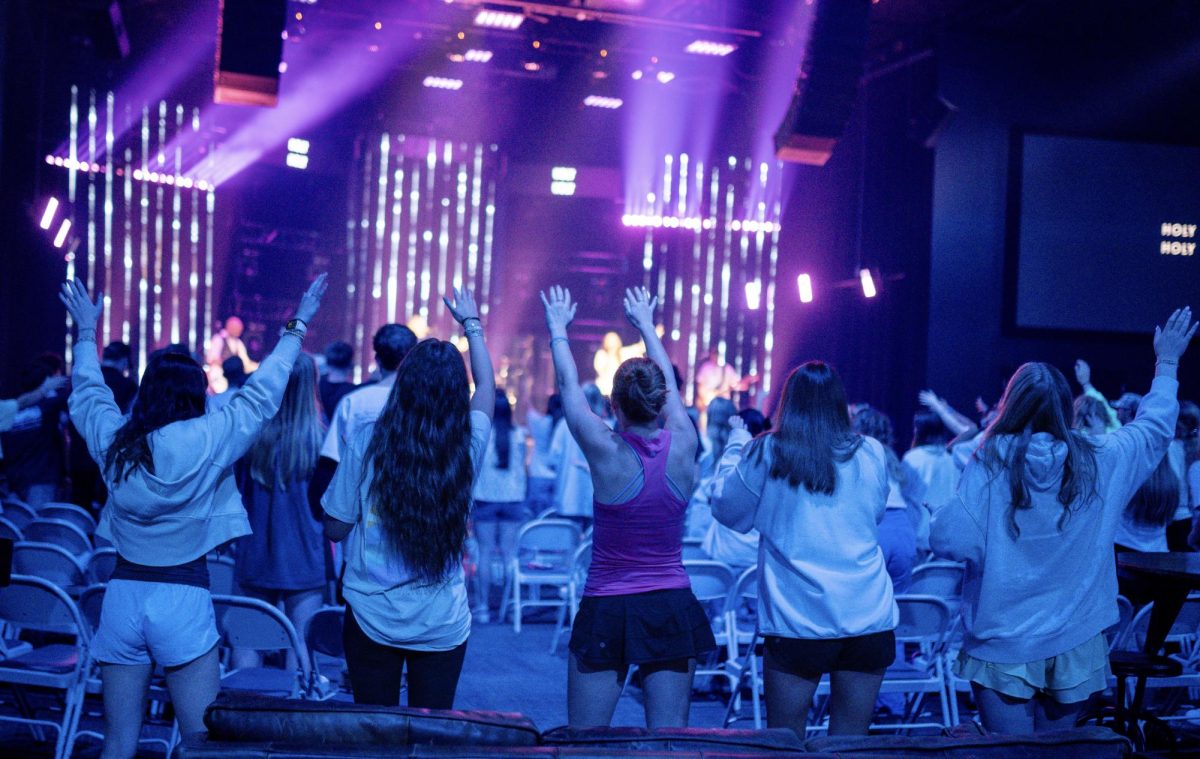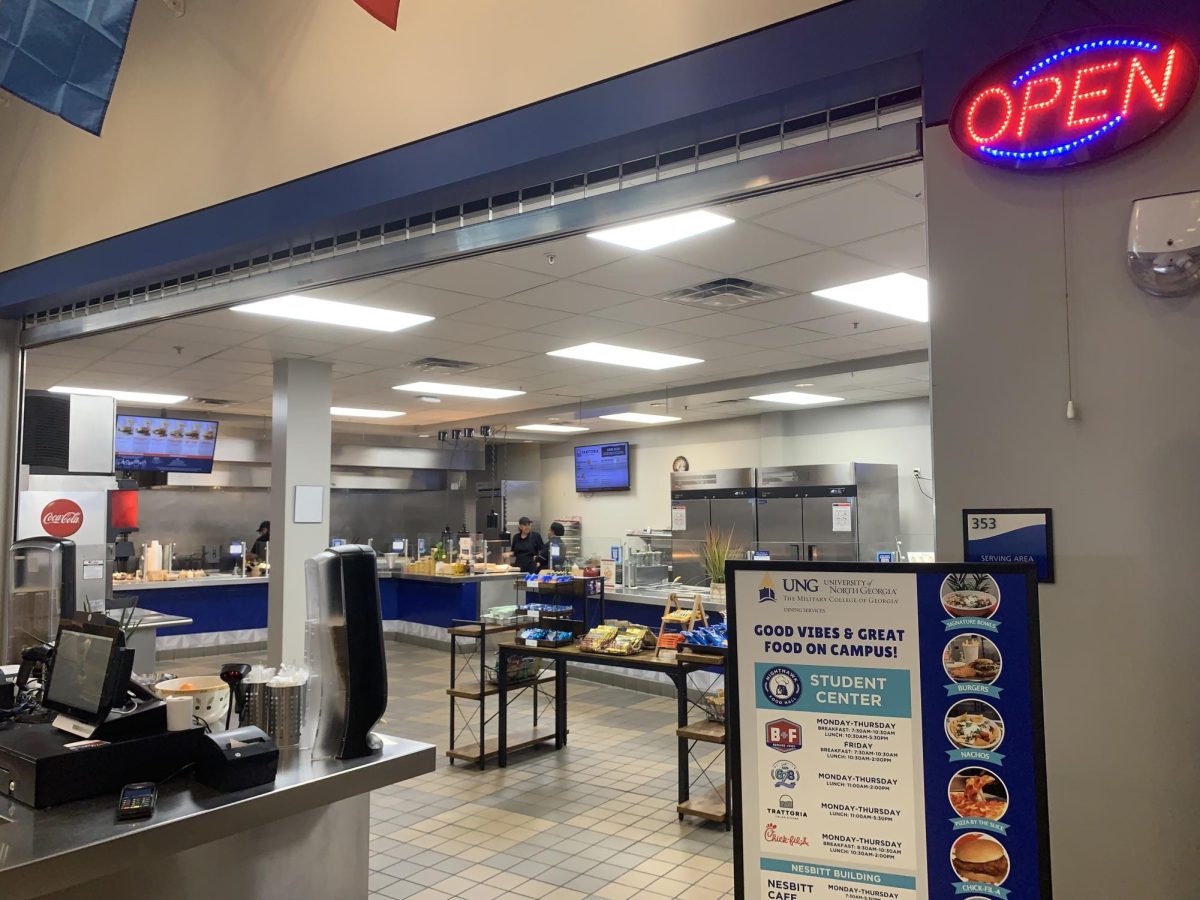Día de los Muertos is deep-rooted in Hispanic culture, and with Gainesville’s large Hispanic population, the holiday was well represented in the city this year.
According to the Kansas University Center for Latin American and Caribbean studies, the holiday dates back to pre-colonized Central Mexico.
Indigenous people, specifically the Aztecs, celebrated the holiday before Spanish conquistadors overtook the empire and meshed the practice with Catholicism to create modern day Día de los Muertos.
Saturday, Nov. 2, Gainesville hosted its second annual Día de los Muertos celebration.
The event took place at the Midland Greenway in Gainesville from 4 – 7 p.m. This comes after a rescheduling as the event had been previously promoted on the exploreGainesville website from 1 – 4 p.m.
Attendees were treated with dance and musical performances from Ballet Mexicana de Lupita Sosa and DJ Pollo.
Local restaurants such as Carniceria Tapatia, Haydees Cafe and Pico’s Hot Dogs sold food, while local taproom Tap It provided thirst quenching adult beverages.
The celebration was an interactive experience for attendees, as a couples dance contest took place and participants were able to get their face painted in the iconic la Calavera Catrina makeup style.
While the multi-day holiday is dedicated to the remembrance of deceased friends and family members, Ary Malaver, an associate professor of Spanish at the University of North Georgia, thinks it means even more.
“The idea behind this celebration is, I think, to acknowledge the impermanence of life, that death is part of the human experience. This is also expressed in the Latin phrase: ‘Memento Mori’ (remember that you have to die).” – Ary Malaver, UNG Associate Professor of Spanish
Although the holiday is celebrated by people in both Central and South America, Malaver explains the significance to the people of Mexico.
“In the Spanish-speaking world, Mexico is the country where this tradition has been most fully developed, taking on a distinctly festive character,” he said.

Mexican bakeries around the city such as La Esperanza Panaderia located on Chestnut St. bake fresh pan dulce everyday. The bread made on Día de los Muertos has more significance to it, as special bread known as pan de muerto only made this time of year is highly sought.
The bread was once brought to the graves of the fallen, as the bakers said spirits would eat the bread to nourish their souls.
Now the bread is used more as a symbol for the circle of life and a family activity of baking the bread together.




